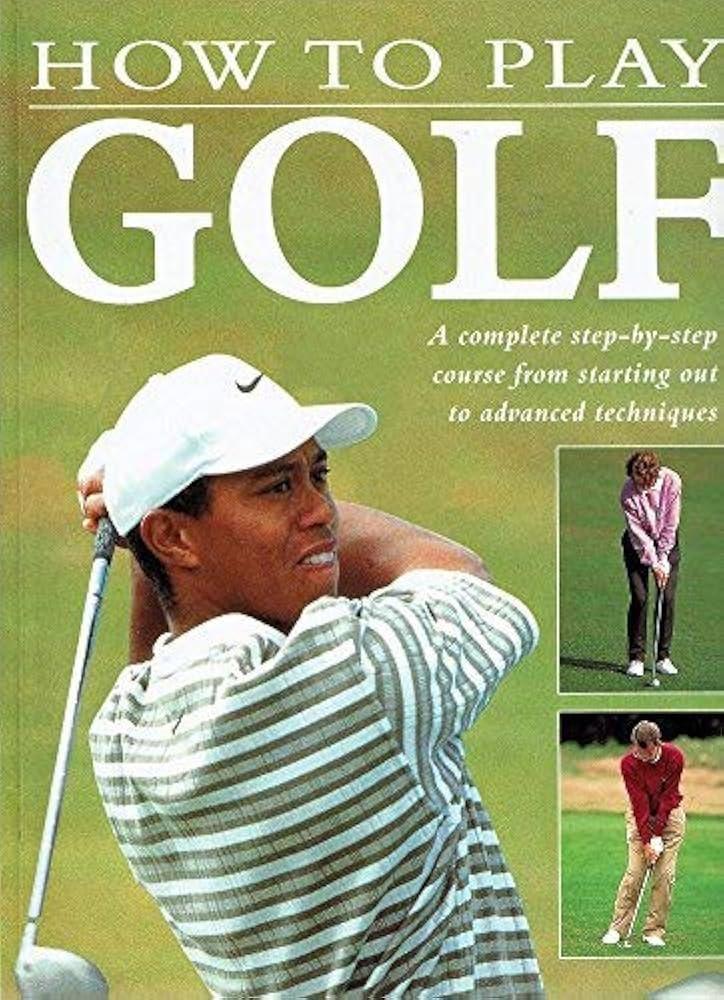Elevating Golf Performance: Mastering Subtle strategies
Golf is a sport that intricately weaves together physical skill and mental strategy. As players strive for excellence, it becomes clear that success hinges on more than just basic techniques. This article explores advanced strategies that can substantially enhance performance on the golf course.
At the core of effective golfing lies an understanding that success is not merely about swing mechanics or fitness; it involves a thorough approach incorporating shot shaping, mental fortitude, and strategic course management.The ability to control ball trajectory through sophisticated shot-making allows golfers to adapt their play to the unique challenges presented by diffrent courses. Moreover, cognitive decision-making and psychological readiness are crucial in navigating competitive play with confidence.
This discussion will highlight the subtle techniques that set elite golfers apart from others, demonstrating how mastering these strategies can lead to lower scores and improved overall performance.By integrating current research and expert insights, we aim to provide a robust framework for golfers eager to refine their skills and reach new heights of excellence—whether they are aspiring amateurs or seasoned competitors.
Mastering Green Reading for Enhanced Putting Accuracy
To improve putting accuracy, mastering green reading fundamentals is vital. This process involves analyzing the putting surface’s characteristics affecting ball roll. Key factors include:
- Slopes: Identifying high and low points helps predict how the ball will break.
- Grain Direction: Understanding grass growth direction influences speed; grain can either aid or hinder ball movement.
- Moisture Levels: Recognizing humidity levels affects pace; wet greens typically slow down putts.
Once these elements are assessed, golfers can apply strategic insights during strokes. Visualizing putts by picturing intended paths while considering break and speed is essential.
Visualization techniques include:
- Aim Line: Imagine a straight line from your ball to the hole as your target point.
- Break Path: Visualize how the ball will curve before reaching its destination.
- Pace Consideration: Envision necessary speed based on green conditions.
A practical approach also requires practice across various courses to adapt effectively to different speeds and slopes while honing green reading skills. Utilizing tools like alignment aids further enhances precision.
A comparison table categorizing various green conditions might look like this:
| Green Condition | Predictable Break | Pace (Stimp Meter) | ||||||||||||||||||||||||||||||
|---|---|---|---|---|---|---|---|---|---|---|---|---|---|---|---|---|---|---|---|---|---|---|---|---|---|---|---|---|---|---|---|---|
| Flat | Minimal | 8-10 | ||||||||||||||||||||||||||||||
| Uphill > < | Left-to-Right > < | 10-12 / td >> / tr >> / tbody >> / table > By consistently analyzing these essential components of green reading, golfers can systematically enhance their putting accuracy. strategic Placement of Tee Shots in Course ManagementIn golf’s competitive arena, tee shot placement plays a pivotal role in influencing overall performance throughout a round. A well-positioned tee shot creates optimal angles for subsequent approaches while simplifying future shots’ complexity. Effective tee placement combines course knowledge with strategic foresight.
|






